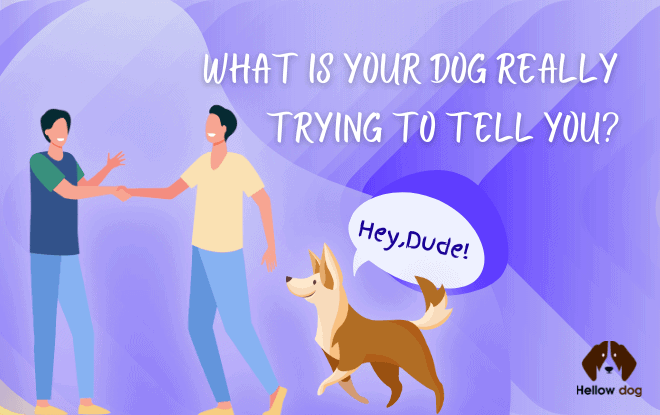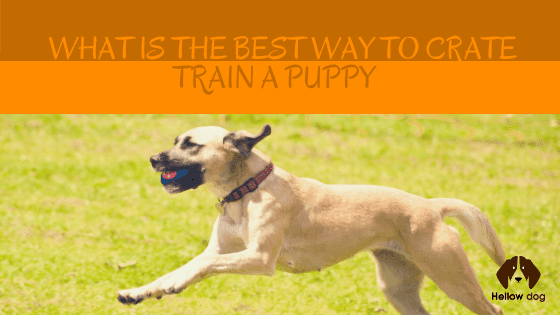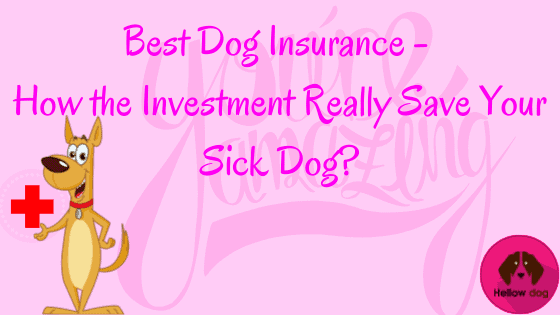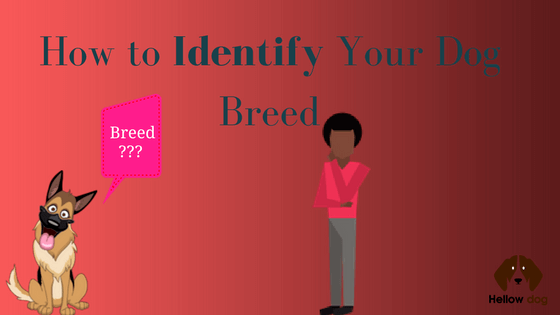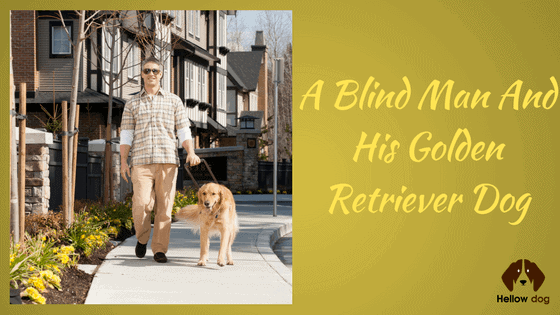Considering dogs can’t speak the human language, they’re extremely good at communicating with us humans. Dogs convey their emotions through movements, sounds, behaviours and body language. However it’s not always easy to understand what our furry friends are really trying to tell us!
The pet wellness experts at Itch Pet have created this guide to help you better understand what your pooch is trying to communicate.
Sounds
Most dogs communicate predominantly through sounds. And let’s face it, some dogs are very vocal! Here are some of the most common sounds dogs make and what they mean.
The Bark
Some dogs bark more than others. Some are high-pitched, some are low pitched – it all depends on their breed.
The bark can indicate a lot of different emotions for a dog, anything from fear to joy, anger or need.
So, what exactly is your dog trying to tell you? Take a good look at your dog’s body language. If your dog is wagging their tail and picking up their favorite toy, it’s likely they’re happy to see you and want to play. If your dog barks when someone is coming to the door, they’re simply protecting you and letting you know that someone is there.
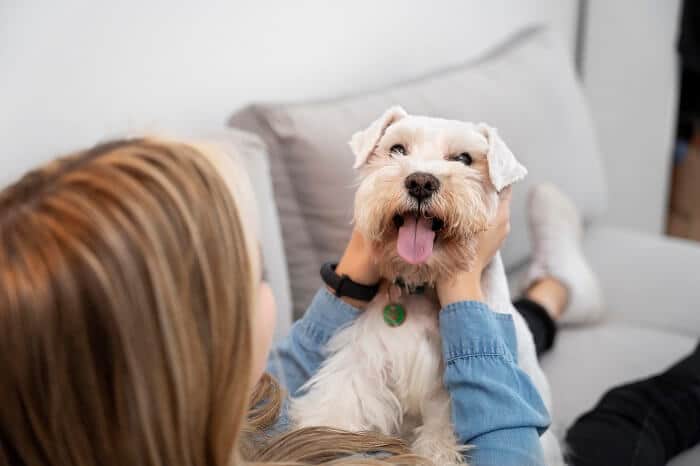
The Whine
All dogs whine at some point in their lives, particularly when they want something, whether this be food or attention. If your dog is whining at the door, they are more than likely wanting to go out.
Whining can also be a sign of fear or separation anxiety. A dog may whine when left alone or when it thinks you are going to leave. A dog may also whine when it is scared or in pain.
The Pant
Panting is normal behaviour for active dogs. If your dog has just been on a walk, it’s likely to pant to help itself cool down.
A pant is often accompanied by a whine when meeting new people – this can indicate excitement.
Panting is also a sign of stress. This may be accompanied by yawning or looking away from you.
If your dog is panting frequently it may be a sign of pain, it’s always best to get a vet to check this out for you.
Heatstroke and overheating can also cause your dog to pant. On hot summer days, make sure you provide them with a cool place to lay and lots of fresh water. If your dog is excessively panting it may be a sign of heatstroke. This will require emergency veterinary care.
The Howl
The howl is quite a distinctive sound. Most dogs don’t howl. However, breeds such as the Husky, may howl quite a lot. Howling is used to communicate with humans, similar to how wolves communicate with one another. Your dog may howl when you leave them behind or to express emotions such as frustration.
The Growl and Snarl
The growl is usually a sign of warning. This can mean ‘stay back’ or ‘don’t touch me’. However, it can sometimes be playful if you’re tugging at their favourite toy.
If your dog begins to snarl and show their teeth, this is certainly less playful and should be interpreted as a warning.
A low growl from your pooch could simply mean they’ve spotted something outside.
As you get to know your dog, you’ll soon learn which growl is playful and which is a sign to back off.

The Sigh and Groan
Dogs often sigh and groan when lying down to nap. It can be a sign of relaxing, but can also be a sign of disappointment and boredom. If your dog doesn’t get what they want, for example to go on a walk, they may groan and sigh. However, your dog may also groan or sigh when relaxing on your lap – so it can mean numerous things.
Body Language
Dogs tell us a lot about their emotional state through their body language. Understanding a dog’s body language as well as the sounds they make can help you understand what exactly they’re trying to tell you.
Tail Movements
A dog’s tail can give a lot away! For example, if your dog is wagging their tail in a raised position, they’re happy to see you or want to play.
If your dog starts wagging their tail and then freezes, this is a sign they don’t want to be petted or are unsure about the situation.
If your dog’s tail is tucked between their legs, this is a sign of fear.
An alert tail, also known as a pointed tail, is a sign that your dog is paying careful attention to something or someone – a sign of curiosity. This stance is often seen when a dog is watching prey or playing with a toy.
Posture
The overall stance of a dog, also known as it’s posture, can often alert you of their thoughts and feelings.
Fearful behaviour is displayed by an arched stance or by staying close to the floor.
If your dog is calm they will appear relaxed. If they’re in this sort of mood, they might even drop to the floor and show their belly for tickles.
Head Movements
Your dog may slightly tilt their head when you’re speaking to them. This shows that they are trying to understand you. Besides this, head movements don’t really tell us much about a dog’s intentions.
The Mouth
Calm and happy dogs tend to lick their owners. Nervous pooches tend to clench their mouth shut.
Dogs often show their teeth as a warning sign to protect both themselves and their owners. A dog that’s snarling and showing its teeth is a dog that is warning you of something.
The Eyes
Similar to humans, the eyes of a dog can tell us what they’re feeling. If your dog’s eyes appear to look normal, they’re relaxed.
If your dog’s eyes appear larger, they may be frightened, angry or even excited. To determine which, it’s always best to look at what the rest of their body is doing and consider the environment and situation.
If your dog’s eyes appear larger and they’re close to the ground, they’re possibly frightened. If your dog’s eyes appear larger and they’re in a solid upright stance, they’re likely to be displaying aggressive behaviour.
If your dog is unwell or tired, it may squint its eyes and appear droopy.
The Ears
If your dog’s ears are placed down or back, they’re likely to want petting. However, when the ears are placed down and accompanied with other signs such as snarling, your dog senses danger and is giving you a warning.
If your dog’s ears are up, it could mean they’re paying close attention to you or they’re listening to something. Having one ear up and one down is another sign that your dog is listening to you.

Behaviours and Movements
Similar to humans, dogs behave and move in a certain way according to their feelings. Here are some common movements and behaviours our dogs display.
Jumping Up
Most dogs jump up when greeting people. Dogs like to greet ‘face to face’ which is why they tend to jump up to be closer to you. Your dog may also jump up when it would like to be petted.
Standing on The Hind Legs
A dog standing on its hind legs is a dog requesting food or attention. Dogs often stand on their hind legs as a request for treats or to be petted.
Yawning
A yawn can indicate many things. A yawn can be a calming signal as a way of saying ‘I’ve had enough now’. It can also indicate stress or nervousness towards a situation.
Rolling Over in Front of You
When your pooch rolls over in front of you, it’s a call for belly rubs. When your dog shows you it’s belly, it’s comfortable with you and trusts you.
Holding One Paw in the Air
Similar to standing on their hind legs, some dogs request for food or attention by holding one paw in the air.
Licking You
This is a sign of affection. Licking is natural behaviour for dogs; it’s their way of grooming and saying ‘I love you’. A dog may lick you to get attention or to show you empathy and soothe themselves.
To conclude, we hope this guide has helped you better understand the canine language so you can build an even better relationship with your furry friend! The more time you give to your pup or senior dog you shall be able to learn about them. But as stated earlier you can at best make an idea because they cannot speak. They use signs and barks while we humans rely mainly on speech.

